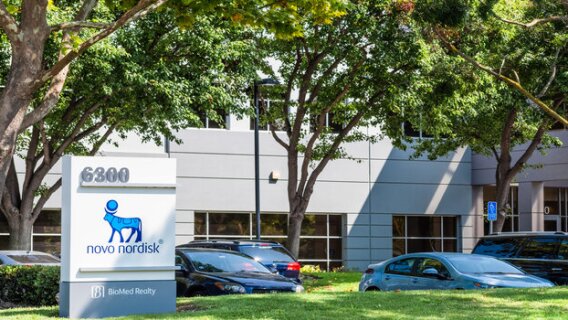Novo Nordisk Expands with $1.2B Rare Disease Plant in Denmark, Creating 400 Jobs

Novo Nordisk is making a significant investment in its Odense facility, dedicating 8.5 billion Danish kroner ($1.2 billion) toward the construction of a new 40,000-square-meter plant. This facility is targeted at producing drugs for rare diseases, such as hemophilia, and will create 400 permanent jobs upon its completion in 2027[1][2]. As Novo Nordisk's first new production facility in Denmark in this century, it underscores the company's commitment to expanding its manufacturing capabilities to meet global demand for its medications[1]. The Odense plant is a key part of Novo's strategic expansion, which includes additional plans for a $4.1 billion facility in North Carolina and further investments totaling $6 billion to enhance its overall manufacturing capacity[2].
References
Explore Further
What impact will the new Odense facility have on Novo Nordisk's ability to meet global demand for rare disease treatments?
How does the recent acquisition of Catalent enhance Novo Nordisk's production capacity for rare disease medications?
In addition to the Odense plant, what are Novo Nordisk's strategic plans for expanding its presence in North Carolina and China?
What specific rare diseases, besides hemophilia, is Novo Nordisk targeting with their new production plant?
How does Novo Nordisk's investment in rare disease manufacturing align with its overall growth strategy in the pharmaceutical market?